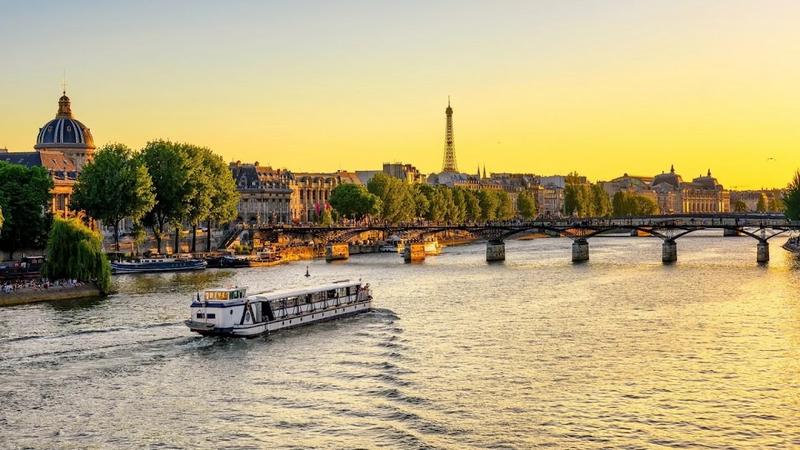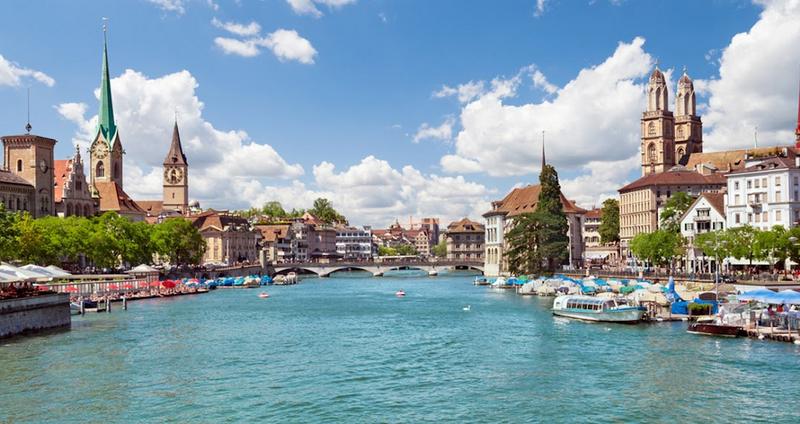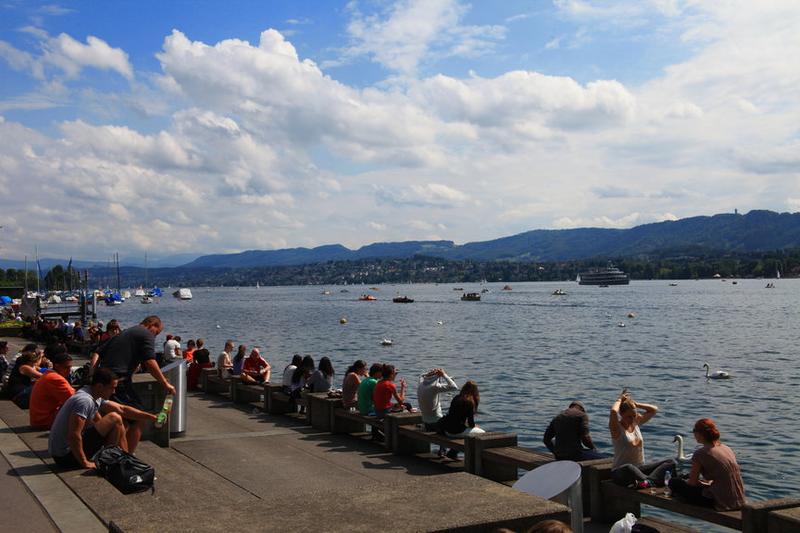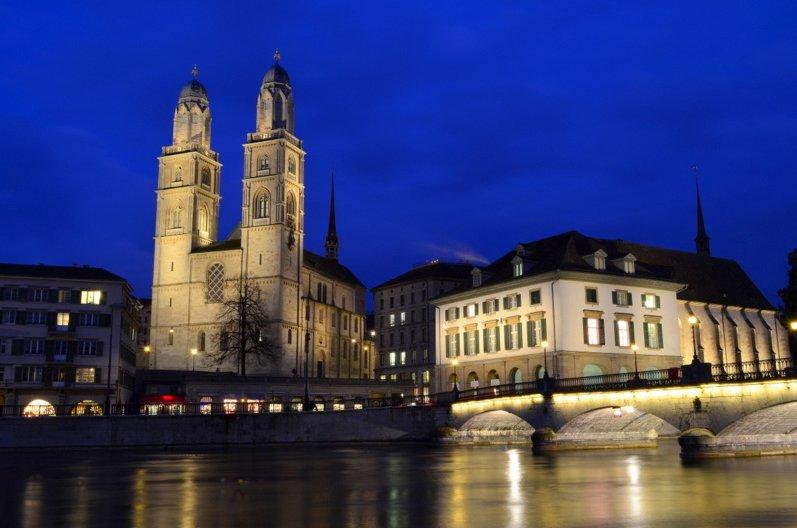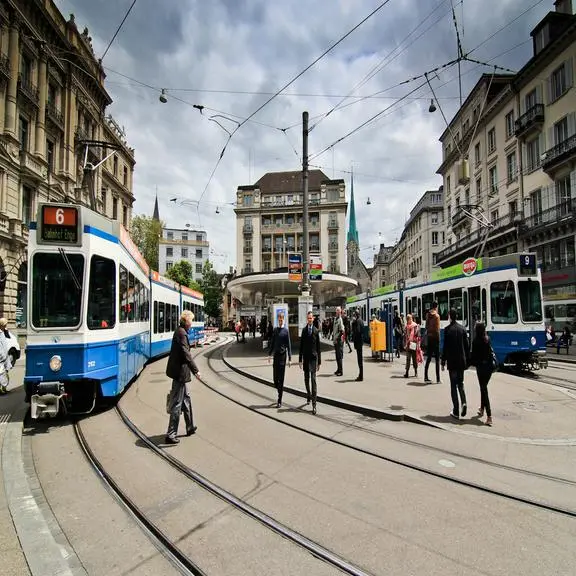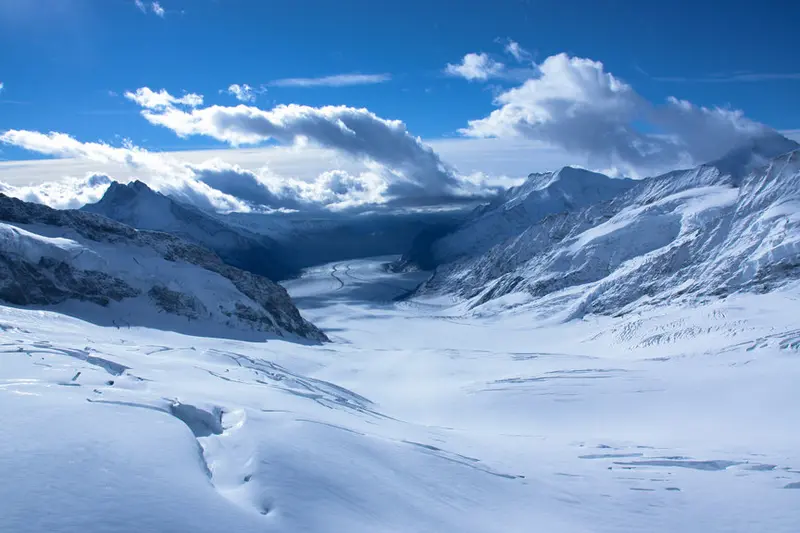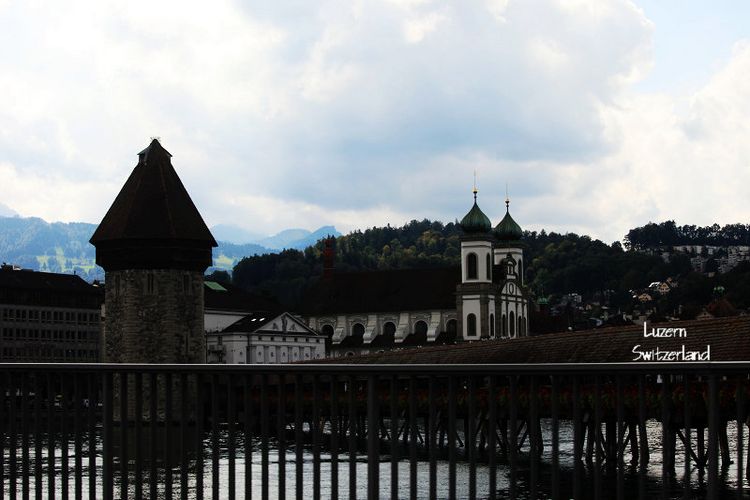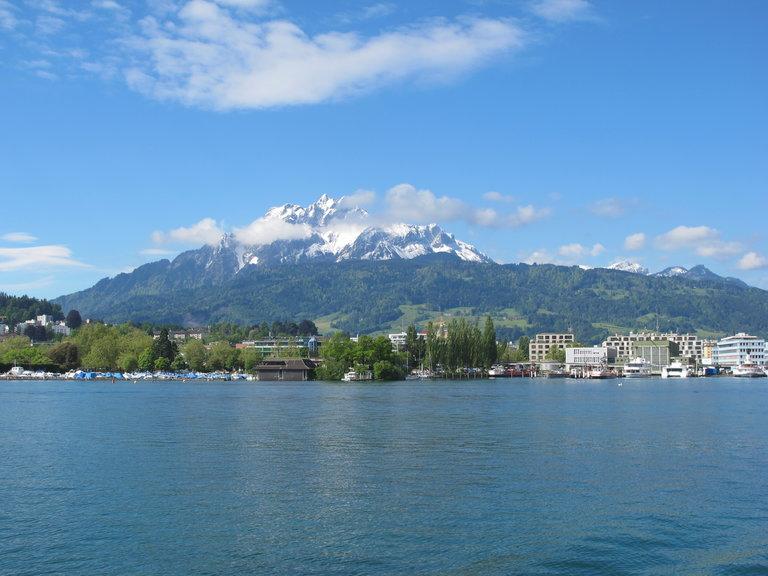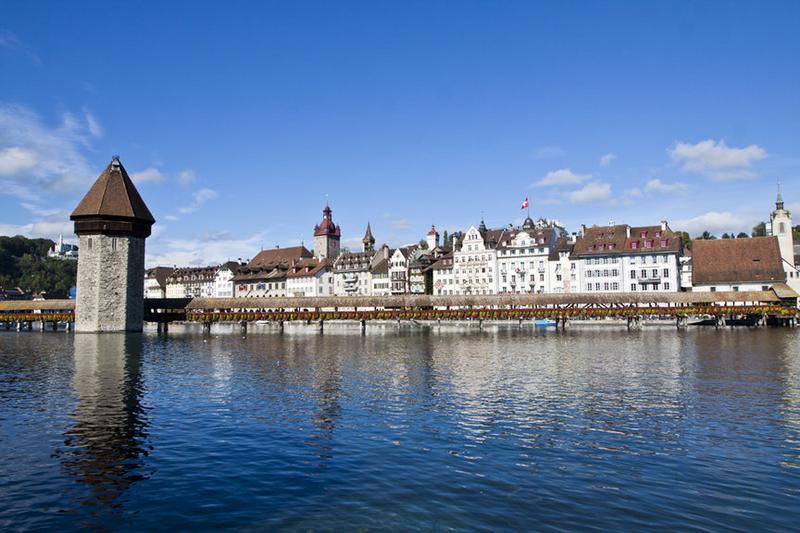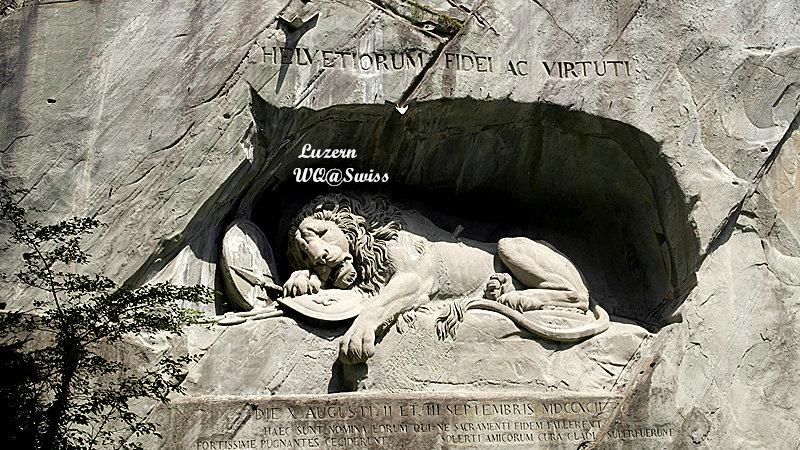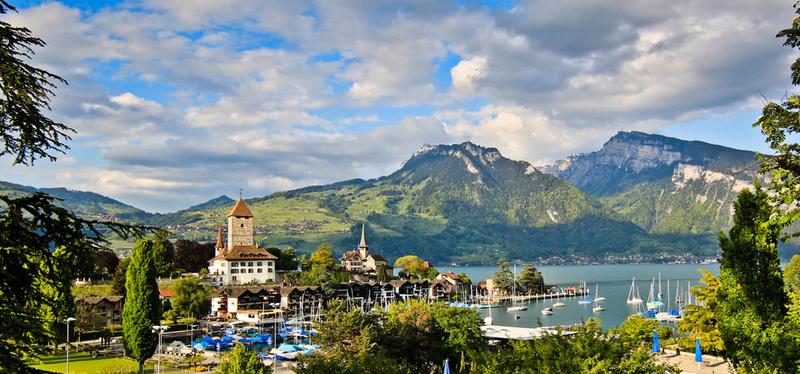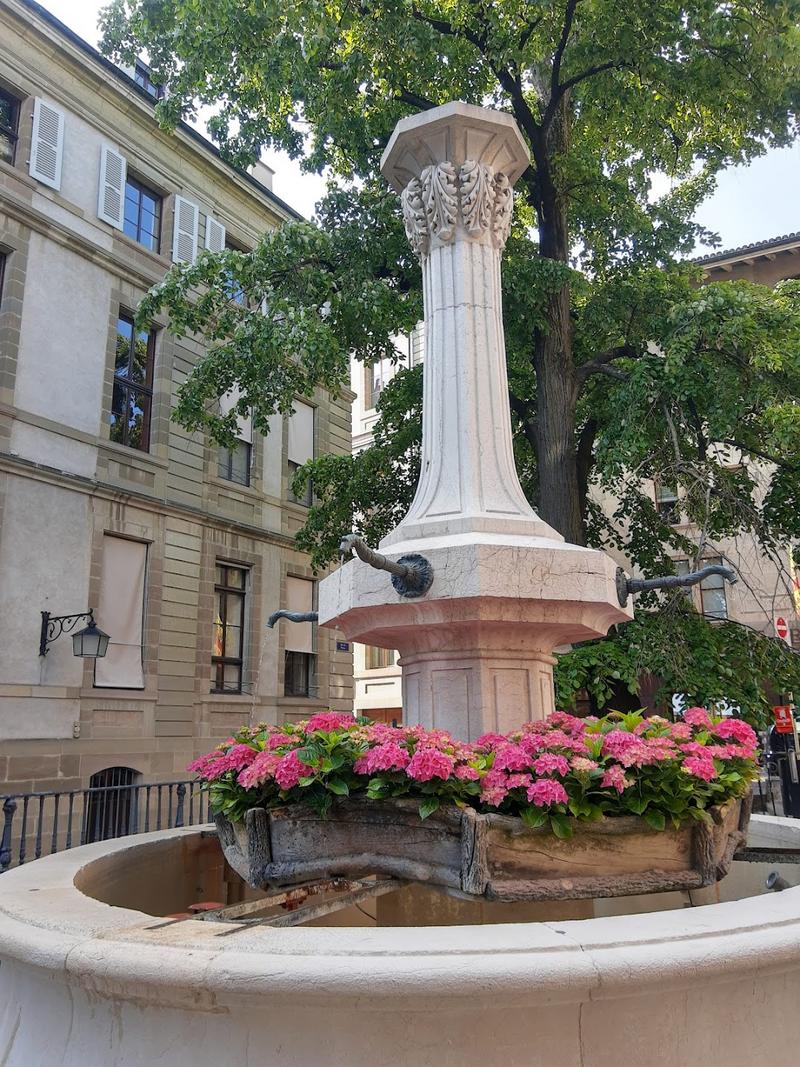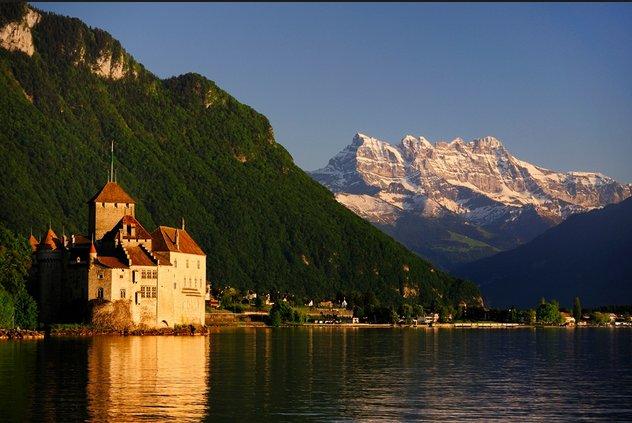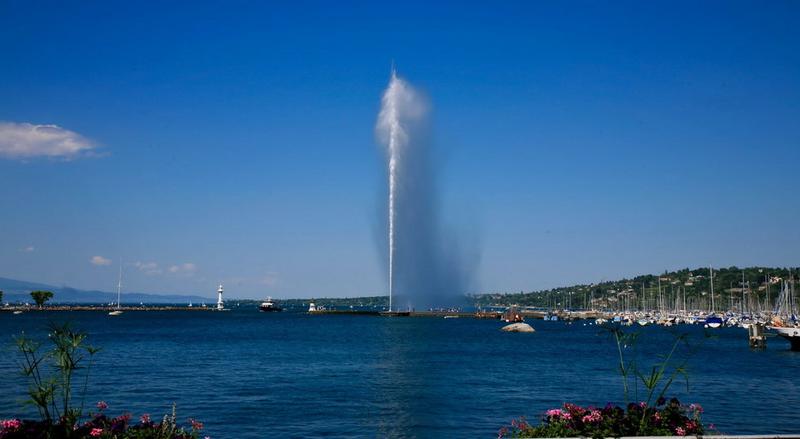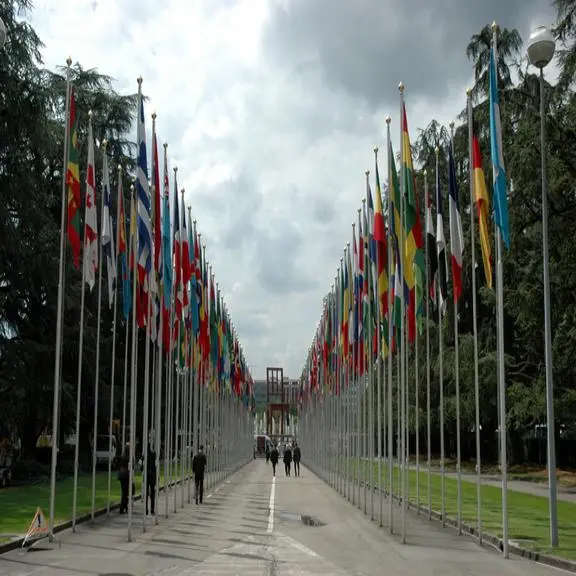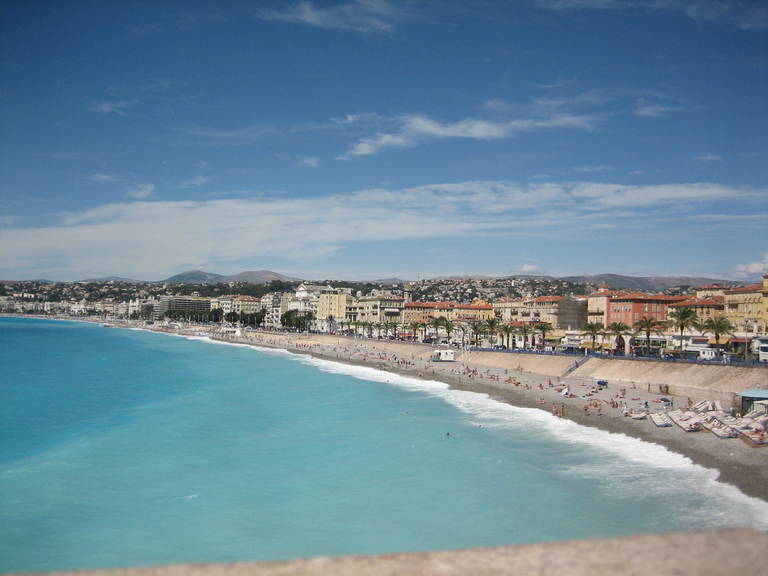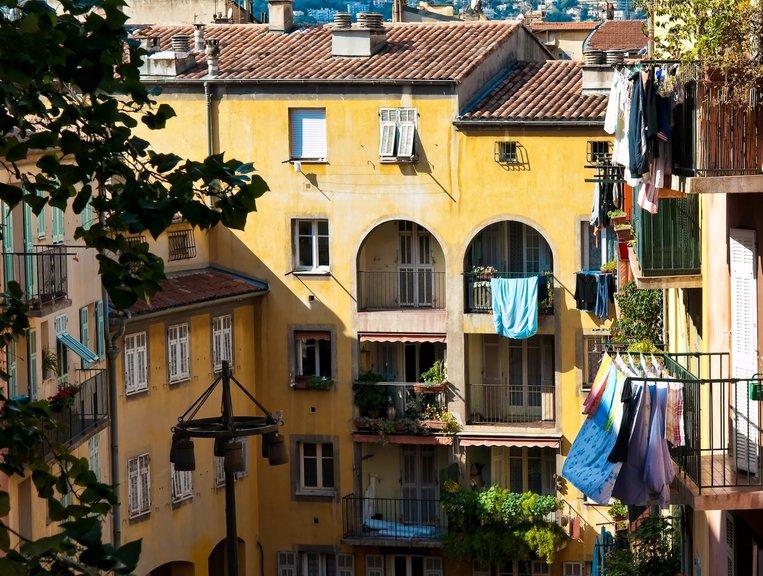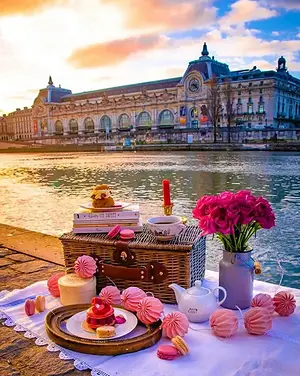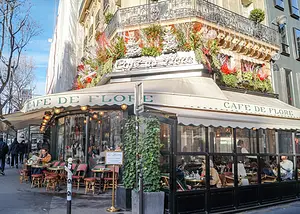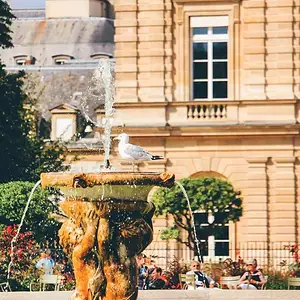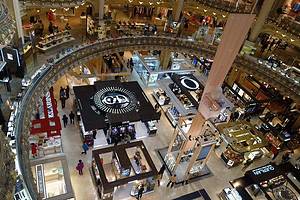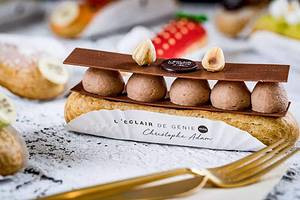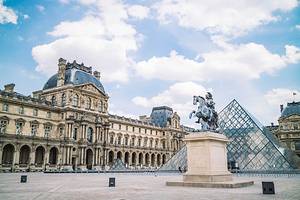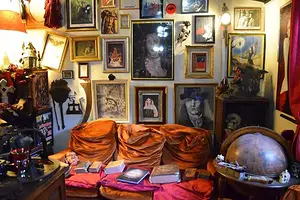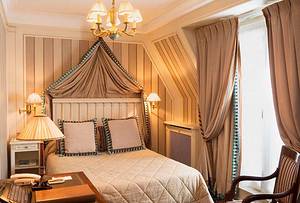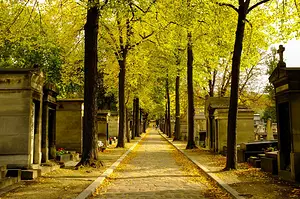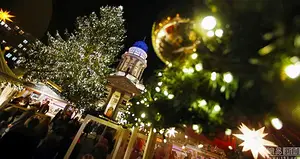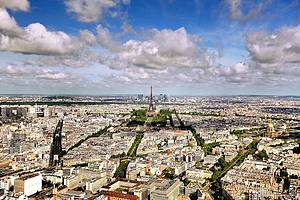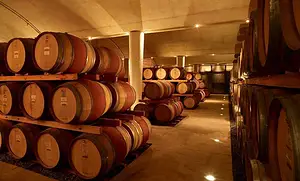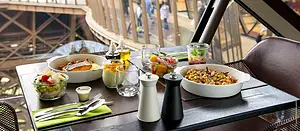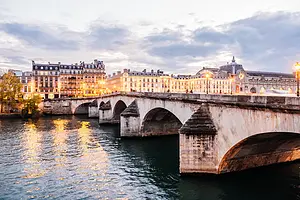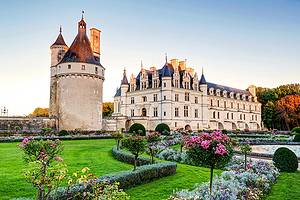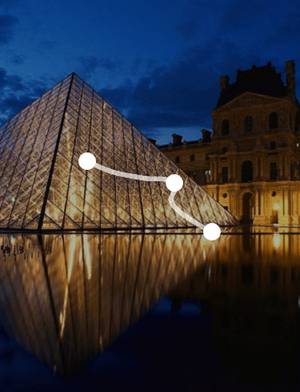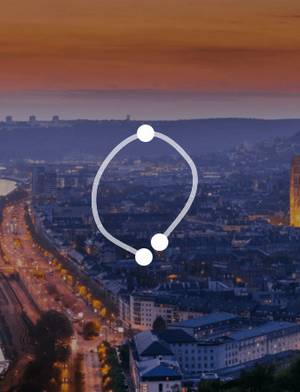12 days driving in France and Switzerland: Paris - Zurich - Nice
8 cities |
21 attraction(s) |
total distance 1189
km
 TIPS
TIPS
Day1
Day2
Day3
Day4
Day5
Day6
Day7
Day8
Day9
Day10
Day11
Day12
Day1: Paris > Zurich
2 attraction(s) ·
490 km
Day2: Zurich
3 attraction(s) ·
2 km
1
The glacial Lake of Switzerland is located in the northeast of the plateau and extends southeastward from the city of Zurich. The lake is at an altitude of 406 meters and has a crescent shape, stretching 29 kilometers from southeast to northwest, with a maximum width of about 4 kilometers and a minimum width of only 1 kilometer. The lake covers an area of 88 square kilometers, with the northwest being deeper, reaching a maximum depth of 143 meters, while the southeast is relatively shallow.
The surrounding terrain of the lake is gentle and is often covered with vineyards and orchards. When looking south, the beautiful Alps can be seen. The lake is home to a large number of water birds, and signs have been set up along the shore for people to observe them. The most famous and easily identifiable species of water bird is the swan, with its snow-white body and plump appearance unmatched by other water birds.
Pigeons and seagulls can often be seen gathered together by the lake, sometimes soaring in the air, sometimes playing with swans on the water's surface and sometimes flapping their wings to forage at the lakeside. Tourists by the lake always attract a large number of seabirds, which compete to divide the food. The unique scene of people and birds living in harmony by the lake forms a unique landscape.
2
km
2
This monastery church, built about 1100 years ago, is known for its twin tower Romanesque architecture and has become one of the iconic buildings of Zurich. The church faces the Grossmünster and played a key role in the Swiss Reformation of the 16th century, with the theological faculty of the University of Zurich and the Museum of Reformation located here. In addition, the church is decorated with exquisite stained glass by the modern art master Giacometti.
1
km
3
Bahnhofstrasse, also known as the Station Street, is one of the longest shopping streets in Europe. Besides being one of the most expensive shopping places in the world, the street is also the real golden spot of Zurich. It is a stunningly beautiful sight, with luxury brands and private banks from all around the world. Bahnhofstrasse starts at Zurich's main railway station, runs along the Limmat river on the left bank of the commercial center, and eventually reaches the Burkliplatz on the shores of Lake Zurich after a 1.4-kilometer walk. The street is lined with lime trees, and only trams are allowed through to ensure air quality, while cars are not allowed to enter. This historic street was formerly Zurich's old city wall until it was demolished and rebuilt as a shopping street in 1867. With its fashion boutiques and numerous private banks, Bahnhofstrasse is on a commercial level comparable to New York's Fifth Avenue.
Day3: Zurich > Interlaken
2 attraction(s) ·
93 km
Day4: Interlaken
2 attraction(s) ·
19 km
1
The Jungfrau, located in the Bernese Highlands, is one of the most famous mountains in Switzerland and one of the most charming landscapes in the area. It has a friendly relationship with the Yellow Mountains in Anhui, China and is greatly favored by Chinese tourists. The Jungfraujoch Railway was opened nearly 100 years ago, taking visitors to Europe's highest railway station, the Jungfraujoch station at an altitude of 3454 meters, where there are restaurants and other services. Here, you can visit the super ice palace and explore the world inside the glacier, while enjoying the spectacular panorama of the Alps from the Sphinx and Platt viewing platforms. Additionally, you can also play to your heart's content in the glacial snowfields.
In 2001, this area was listed as a world natural heritage site by UNESCO, attracting even more attention. At an altitude of 3571 meters on the Sphinx viewing platform, you can take Switzerland's fastest elevator and enjoy the spectacular panorama of the Alps, including the Aletsch Glacier, 24 kilometers in length and the longest glacier in the Alps, in view of the landscapes of the Bern, Valais, and Rütli mountains. On clear days, you can also see the Black Forest in Germany.
19
km
Day5: Interlaken > Kriens-Luzern
2 attraction(s) ·
53 km
2
The Jesuit Church overlooking the Louis River and facing the city hall was built from 1666 to 1673 to commemorate St. Franz Xaver. The altar inside the church is decorated with red marble and was completed in 1681. This is the first baroque style religious building in Switzerland, with two striking arch decorations on the exterior walls completed in the mid-18th century. Brother Klaus was the earliest donor to this church and was buried inside after his death.
Day6: Kriens-Luzern
3 attraction(s) ·
2 km
1
This scenic park is naturally pristine and particularly worth a visit. Its lake is crystal clear and can reflect the spectacular views of the Pilatus mountains and the cityscape of Lucerne. It is truly breathtaking.
1
km
2
The Kapellbrücke is a 204-meter (670-foot) wooden covered bridge that spans the Reuss River at the outlet of Lake Lucerne in Switzerland. It is a famous tourist attraction and landmark of Lucerne. The bridge was built in 1333 for defense purposes and is brown in color with a red roof. It houses approximately 120 paintings from the 17th century depicting the history of Lucerne. However, most of the bridge was destroyed in a ship collision in 1993, but was quickly rebuilt to its original form. The current bridge is a reconstruction built after 1993. In the middle of the bridge is an octagonal water tower that is 140 feet tall and was historically used as a prison, torture chamber, lookout and treasury. On the north bank of the Kapellbrücke is the St. Peter's Church, which is why it is commonly called the "Church Bridge".
1
km
3
This dying lion statue, measuring 10 meters long and over 3 meters tall, was carved by a Danish sculptor in 1821 on natural rock. The statue depicts a suffering lion lying on the ground with a broken spear through its shoulder, next to a shield adorned with the Swiss coat of arms. The purpose of the statue was to commemorate the 786 Swiss mercenaries who sacrificed themselves on August 10, 1792, to protect the safety of the Louis XVI family inside the Tuileries Palace in Paris. There is also a description of the event inscribed below the statue.
At the time, Switzerland was a poor and backward country, and many men became mercenaries in various European countries to make a living. Swiss mercenaries were loyal to their employers and were brave warriors. However, the brutality of the mercenary system is often masked by honor and money. After this event, Switzerland stopped exporting mercenaries, leaving only the famous Swiss Guard to serve the Vatican.
Due to its depiction of loyalty and bravery, the Swiss Guard of the Vatican has been in service to this day. Mark Twain later came to Lucerne and praised this "the most tragic and touching statue in the world," which has been engraved in people's hearts ever since.
Day7: Kriens-Luzern > Spiez
2 attraction(s) ·
63 km
1
The Jesuit Church overlooking the Louis River and facing the city hall was built from 1666 to 1673 to commemorate St. Franz Xaver. The altar inside the church is decorated with red marble and was completed in 1681. This is the first baroque style religious building in Switzerland, with two striking arch decorations on the exterior walls completed in the mid-18th century. Brother Klaus was the earliest donor to this church and was buried inside after his death.
63
km
2
Day8: Spiez > Thun
2 attraction(s) ·
9 km
1
Schaffhausen is known as one of the most beautiful towns in Switzerland. Its medieval castle is located on the stunning Lake Thun and is definitely worth a visit. If you're passing through, make sure to take a stroll and appreciate the spectacular views of the castle.
9
km
Day9: Spiez > Geneva
2 attraction(s) ·
130 km
Day10: Geneva
3 attraction(s) ·
3 km
1
The surroundings of Lake Geneva are beautiful, perfect for strolling along the lake shore or experiencing the pleasure of boating.
1
km
2
The Geneva Fountain was built in 1886, with an early jet height of 90 meters. After renovation in 1951, the average jet height increased to 140 meters. The fountain has become a symbol of Geneva and one of the locally proud landmarks. For more information, please visit the official website.
3
km
3
The Palace of Nations, built in 1929, was chosen as the headquarters for the League of Nations in 1938 and later became the European headquarters for the United Nations in the 1950s. It is located in Ariana Park in the city of Geneva, which was donated to the city by the Revilliod de Rive family with the condition that some peacocks be allowed to roam free in the park, which now adds to the scenery of the area. To visit the Palace of Nations, one must join a guided tour and bring a passport or other form of identification, and book the tour in advance. The tour lasts for one hour and guided tours are available in English and French.
Day11: Geneva > Nice
2 attraction(s) ·
291 km
Day12: Nice
2 attraction(s) ·
2 km
1
Nice beaches are mainly composed of pebbles and do not have proper sandy beaches. However, the experience of swimming and basking in the sun through the light blue sea water is still very pleasant. There are both public beaches and private beaches. Public beaches provide free shower facilities and beach volleyball courts. Slippers are essential because it is easy to get injured while walking on the pebble beach. If you want to sit down, you need to bring your own towel and mat. Private beaches offer many services such as restaurants, bars, rental leisure chairs, and towels.
2
km
2
From the hill of the castle, you can walk back to the old town of Nice. Here, various styles of ancient buildings dating back to the 18th century have been well preserved. You will be able to appreciate different styles such as Baroque churches and Italian-style buildings. Enter the maze-like old town, wander through the winding and twisting alleys, and admire the colorful and diverse architecture while exploring unique shops. If you visit the Cours Saleya market, you will see a variety of vibrant fruits, candies, and flowers. When you get tired, you can sit down at any café or restaurant and taste local specialties and famous dishes from Nice. The attractions in the old town include the Nice Opera House, Cathédrale Sainte-Réparate, Place Garibaldi, Palais Lascaris, Chapelle de la Miséricorde, and Palais de Justice.
